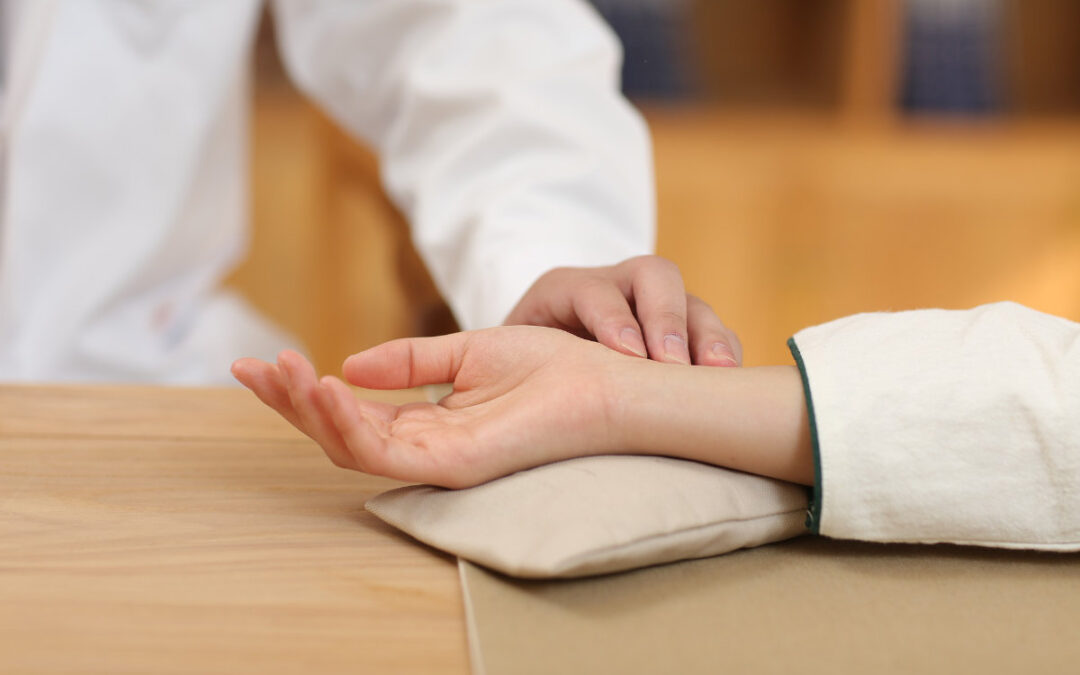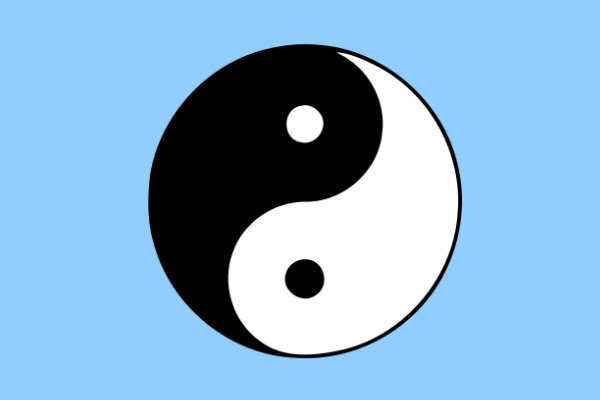
The efficiency of TCM
WHO lists diseases treated by acupuncture
The World Health Organization (WHO) has compiled a non-exhaustive list of 42 diseases treated effectively by acupuncture (published in June 1979).
Diseases of the upper respiratory tract
1. Acute (and chronic) sinusitis
2. Acute (and chronic) rhinitis
3. Flu
4. Acute (and chronic) tonsillitis
Diseases of the respiratory system
5. Acute (and chronic) tracheitis
6. Bronchial asthma
Eye diseases
7. Acute conjunctivitis
8. Central serous chorioretinopathy (CSRC)
9. Myopia
10. Cataract
Oral diseases
11. Odontalgia
12. Pain after dental extraction
13. Gingivitis
14. Acute and chronic laryngitis
Diseases of nervous, muscular and bone origin:
15. Headaches
16. Migraine
17. Trigeminal neuralgia
18. Peripheral facial paralysis
19. Post-traumatic paralysis
20. Polyneuritis
21. Acute anterior poliomyelitis
22. Meniere’s disease
23. Neurological bladder
24. Enuresis
25. Intercostal neuralgia
26. Shoulder-hand syndrome
27. Scapulohumeral periarthritis
28. Epicondylitis
29. Sciatica
30. Low back pain
31. Osteoarthritis
Diseases of the digestive system:
31. Achalasia of the esophagus and cardia
32. Hiccup
33. Gastric ptosis
34. Acute and chronic gastritis
35. Gastric hyperacidity
36. Acute duodenal ulcer
37. Chronic duodenal ulcer
38. Acute (and chronic) colitis
39. Acute (and chronic) bacillary dysentery
40. Constipation
41. Diarrhea
42. Paralytic ileus


